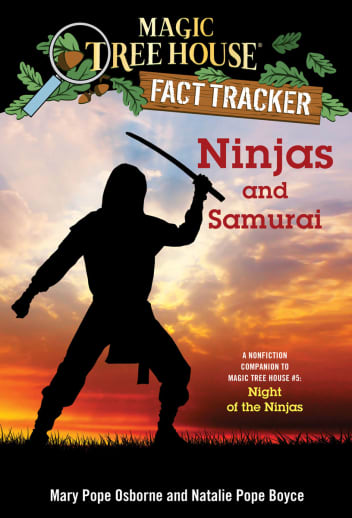Research guides are available for quite a few of the books in the Magic Tree House series. These guides are digest-sized and similar in format to the books. However, they are non-fiction and aim to teach children more about the topic touched upon in the book. For example, in the book Mummies in the Morning, Jack and Annie travel to Ancient Egypt and help the ghost of Queen Hutepi find her book of the dead so she can continue on into the afterlife. In the companion research guide, Mummies and Pyramids, the chapters detail Ancient Egypt, everyday life, Egyptian religion, mummies, Egyptian funerals, the age of pyramids, tomb treasures and tomb robbers, the most famous mummy of all, and gifts of the pyramids and mummies. The chapters are written in simple language for children, yet they provide readers with a wealth of knowledge. These chapters are slightly longer than the ones in the books, and Jack and Annie are still present in the illustrations and to provide small tidbits of information to readers. The guides have more pictures than the books do, with photos and pictures of important objects. At the end of each guide are a few pages to guide students in further research of the topic. Entertaining and informative, these guides aim to capture the interest of the reader while opening the door to further study. Please note that some of the guides may contain some evolutionary material; for example, the Space research guide talks about the birth of the universe, and the guide states that "while no one know for sure what happened, many scientists believe in the Big Bang Theory..." etc, but mostly they are just factual guides. - Melissa

